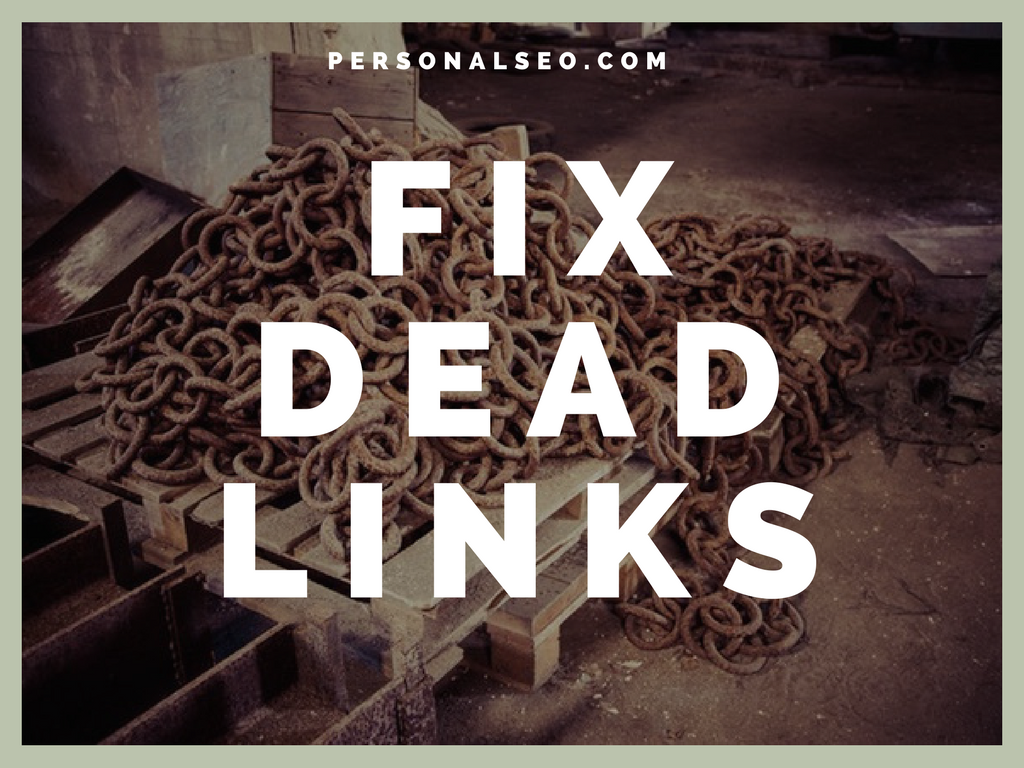Back links, or a link somewhere else on the web that links back to your website, is a valuable resource and SEO tool. It’s almost impossible to rank on Google search engines or to be found without some sort of back link.
There are two types of back links: no follow and do follow. A no follow link means that somewhere in the code of the article there is a little snippet of code that tells search engines not to follow a link away from the article. The search engine or robot will see the link and know that it’s there but they will not follow the link to a different website or article. If there is no code that tells the robot the link is a “no follow” then the robot or search engine spider will follow that link to the new article.
This has nothing to do with an actual person clicking on the link. The link is still there for the reader and if they want more information they can click on the link and it will take them to a different location. You can either have that link open in a new window or tab or in the same window meaning that they will leave the article that they are on now and go to a different website or webpage.
For readership, it’s perfectly fine to have a no follow link within your article and it’s not as bad as it used to be. Several years ago, having a no follow link on your website was basically a useless link. Today, these no follow links are still a link for the reader. That link creates awareness of something similar or related on a different website or page. Regardless of whether it’s a do follow or no follow link, it can directly lead your reader to a website or page where you can either sell them a product or sell them your service. It creates awareness and branding as well.
It’s all about creating awareness and engagement with the product or whatever it is you are selling on the other end of that link. By creating engagement and sending someone to a new website or webpage, you can engage them over there and give them even more information or more related content keeping them on your website longer and hopefully, eventually turning them into a client or customer.
Follow link or “do follow”, are considered links that really count as points in your SEO score. The higher the point value, the more chances you are to gain higher rank on search engines and potentially get more customers, but, that’s only if people are searching online for your exact article, product or service. If they find your information elsewhere such as social media or in another website, it doesn’t matter whether that link is follow or not because actual people don’t read the code, they read the information.
A no follow link doesn’t necessarily boost page rank but if a readers, customers or clients are clicking through on that link to a new article or page that is related and relevant, it will automatically increase your domain authority in general.
Great Links
If you’re trying to boost your domain authority and your page rank on search engines and your overall Internet presence you want to focus on getting some great back links to your website. There are several ways to do this but they all take time and commitment.
Here are some amazing ways to gain an awesome back link to your website.
#1. Simply ask.
Depending on what industry you are in, you may have a lot of options for back links or very limited. You can ask family, friends, employees, employers, and those in the industry. Without sounding too “spammy”, you can ask for family and friends to share information on social media if possible. You don’t want to overload them or be annoying but simply asking them to share a good link for a blog post website or webpage from time to time means that you get an extra link from an actual person.
You can also ask coworkers and colleagues within the industry. You probably don’t want to ask your closest competitor to give you a link back to your website but let’s say you sell balloons. You can talk to people in the circus industry, party industry or related businesses that might not sell balloons but they all relate to balloons. You can ask them for a guest blog post on their website giving yourself a link back in the article.
Guest posts, if they are well written, can be a great way to give yourself a back link on someone else’s website. Find related content, if it does not directly compete with their business, and ask if they be willing to accept a guest blog post with a do follow link if possible. But remember, even if they don’t accept that do follow requirement, it may not necessarily be bad for your website. You will still have people reading the article and potentially clicking on that link.
#2. Your own website or webpages that are getting a lot of traffic.
Google analytics or Webmaster tools should be able to tell you what pages on your website get more traffic than others. You want to utilize and maximize the leverage that you have with that one webpage by linking to related topics, articles and pages within your website. It will boost the overall authority to those other pages by linking from the high-quality page.
This is not to say you need to link every page on your website from the one page that might be giving you traffic. You don’t want to look like a link farm or put more than about 100 links on a page. (100 links is a lot so try not to get anywhere close to that).
Linking back to articles that are related to an article or blog post you may have recently done is a great way to keep people on your website and feeding them new information. Those links need to be attractive and enticing. You don’t want to give people a link saying, “to read more click here”. That tells me nothing. If I’m reading an article about the best beaches in Florida, and I ran across an article with in that post the talk about the best time to visit beaches in Florida, I might be inclined to click on that link to learn more about what I’m already reading.
Teaser tags and enticing statements are great ways to get your reader to click through on more pages and learn more about something they may not have even known they wanted to know about.
The media is great at doing this. We often hear at the 6 o’clock news, “is what you are eating right now killing you? Find out at 11”. Well, now I must tune in at 11 o’clock just so that I know if I’m dying or not. I know this is an extreme example but we need to do that type of marketing throughout our articles to keep people engaged, interested and wanting to know more.
#3. Simply creating awesome articles.
If you create an amazing article or post that has great content, original content, authoritative information and something that people really want to know about, it should automatically get a lot of feedback and views.
No one is going to share information on a topic nobody cares about. But if there is good information that really supplies the reader with an answer to a problem, they are more likely to share that information naturally giving you back links.
People also love sharing information that is written in a way that they understand and agree with. In the political world, a lot of content has been shared on articles about politics that people agree with. It’s like they are saying, “here, read this because this is exactly how I feel and I want you to know it.” They may not have been able to articulate the information as well as the blog post does so they share it with friends, family and coworkers instead.
If you are the one that’s creating the amazing content or offering a practical solution to a problem, that information is naturally going to be found and shared. (However, it’s always a good idea to share it on your social media first so that those that do follow you have a chance to see it first.)
#4. Back links you didn’t even have to ask for.
If the press, media, high-quality websites or directories seek you out and pick up your articles offering a back link, that’s the best that you can possibly ask for.
For example: a prominent real estate agent in a golf course driven community wrote about Tiger Woods purchasing a home in that community. The article was picked up by golf Digest and several other prominent golf websites. Each of them gave a link back to the website where the article originated. From that one simple article, the agent’s website soared to the top of the search engines for golf related homes in the area. All the agent had to do was write a well-written, original article and away it went.
Good Links
The four examples above are probably some of the best links you can get online but there are some good back links that may offer a decent rate of return.
#1. Reclaim broken links.
You want to do an analysis on your website to find out if there are any broken links floating around on the inter-webs linking back to your site that are currently broken. You’ll need to ask the site owner to change or redirect the link. This can be very difficult to do, especially if the website owner or Webmaster simply will not respond. But, you obviously want to give it a try to minimize the amount of broken back links out there.
#2. Back links from directories.
Directories I would say use with caution. We’re not talking about spammy directories and free ones. Look for barriers to entry. If anyone and everyone can get on there and get a link back, it’s probably pointless and may harm your site. But good back links come from niche directories or local directories.
If you specialize in Seattle Condos, you may want to get on a website that deals with HOAs, condo associations or downtown Seattle real estate connections. A good way to find them is by searching your competition and see where they are listed. If it’s a good barrier entry directory, you should find out how to get on there too.
#3 Answer Questions.
Check around the web for questions that can be answered by you. Check Twitter, HARO, Reddit, Facebook, Google +, Best-of Blog Posts. You can also find dead links on websites and ask them to remove a broken link and use yours instead.
To find those broken links, you’ll want to search for your major keyword with phrases such as, “out of business”, “re-branded”, or “closed”. Let the site owner know about the broken link and offer to replace it with a similar, non-dead link (yours). This is a great way to get a good back link from a reputable source.
BAD Links
Back in the day, back links from anywhere were valuable. Because Google has gotten smarter and has caught on to a lot of people’s strategies, back links that once gave excellent as SEO are now no longer valid and are doing the opposite by harming the site or blacklisting it. Here are some major back links to stay away from.
#1. Reciprocal links or link exchanges.
This was a popular way to gain back links by simply exchanging a link from one person to another. This may have once worked and if you still have a page on your website that is simply directory or list of links, get rid of it right away. Reciprocal, meaning that I will give you a link to my website if you give me a link to yours, no longer works. If you do this enough, it will certainly red flag your site.
#2. Paid back links.
I see this one more than anything. People look on Fivvr.com and see that they can get 10,000 back links for $10. If it seems too good to be true, it always is when talking about back links. Resist the urge to pay for back links unless you are paying for one great back link in a news article or online press from a reputable source. That one link from a high-quality website will benefit you 10 times more than 10,000 poor back links from a paid site.
#3. Article directories.
Article directories or websites that only exist for article generation simply don’t cut it anymore. It’s a waste of time and waste of a good link. It’s best to just avoid them altogether. Now, if you have related topics or an article that would benefit being on a certain website that talks about your product or your service, then that will work. But don’t just generate articles on an article directory for the sake of doing it.
#4. Repeated links on the same page.
If your footer, sidebar or header has the same links or links are built into the code on every single page, Google will find this spammy and will probably discount all of them.
#5. Irrelevant back links.
10 years ago, a link from anywhere was a good back link. Today, they must be related and relevant. If you sell vacation rentals in Florida, you don’t want to have someone that sells car parts put a link on your website. One has nothing to do with the other and only brings down the quality and content for both websites.
#6. Duplicate content.
If you take the same article and spin it 10 different ways, or more, and simply throw it out onto different websites, Google will not rank any of the articles. Content must be original, unique, informative and authoritative. If you create low-quality information and then just throw it out everywhere, none of it will matter and you will have wasted your time.
Back links have changed over the last two decades but they’ve also morphed into a more practical, realistic and genuine approach. Yes, it does take time and there are no shortcuts to gaining good back links but by taking the time to really search out a quality back link it can be worth 10 times what low-quality back links provide. By consistently searching out high-quality back links from reputable and related sources, creating valuable content that people won’t want to read, share and link to and continually branding yourself, your business, product, or service, you will create an online presence that is unstoppable.




